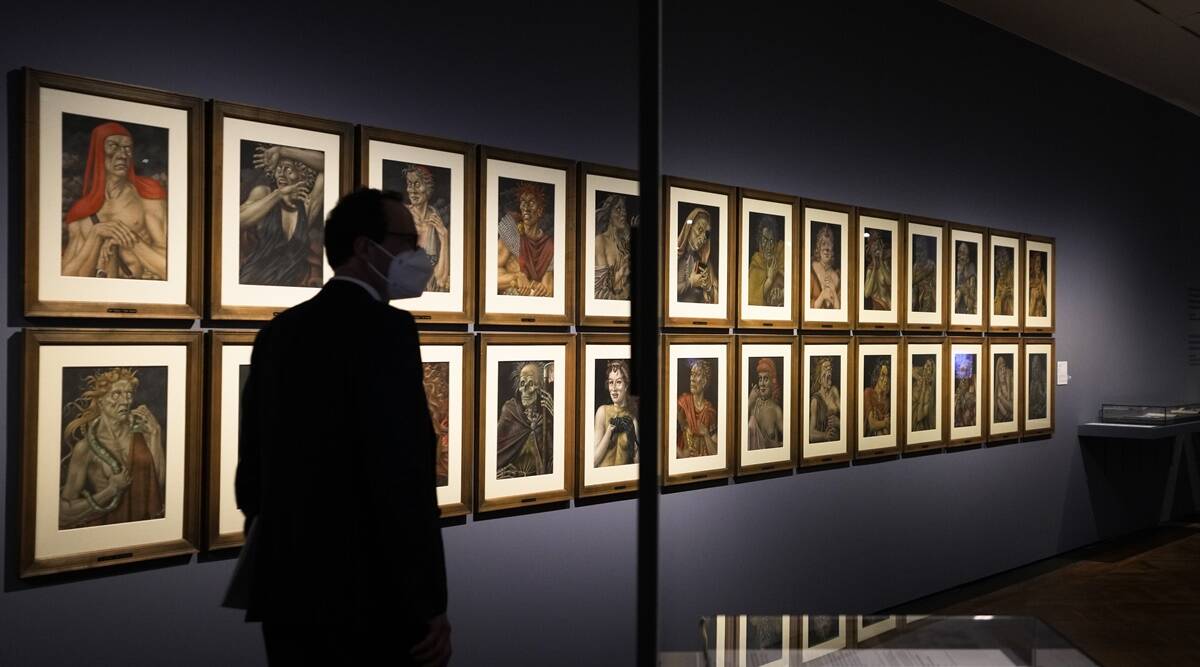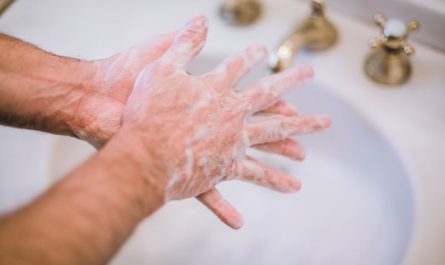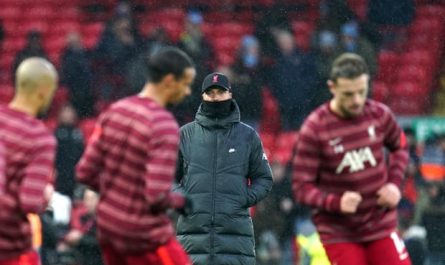Another show inspecting how a portion of the Nazis’ number one visual specialists had the option to effectively proceed with their work in after war Germany is set to open in Berlin this week.
“Supernaturally Gifted. Public Socialism’s supported specialists in the Federal Republic” opened Friday at the German Historical Museum. It follows the professions and works of numerous who figured on a rundown of “Supernaturally Gifted” specialists, gathered in 1944 for Adolf Hitler and Joseph Goebbels.
Interestingly, Jewish craftsmen and those condemning of the Nazis were slandered and mistreated while their works were prohibited from historical centers as alleged “degenerate craftsmanship.”
The “Supernaturally Gifted” list contained the names of in excess of 100 painters and stone workers considered as a part of the most significant agents of the National Socialists’ social yield.
They were thought about so valuable to the Nazis’ promulgation endeavors that they were saved induction into the military.
Notwithstanding Germany’s tried fresh start after the finish of World War II in 1945, and the de-Nazification measure, a significant number of these craftsmen were restored and effectively sought after their vocations for quite a long time.
They got worthwhile commissions from government, industry and church associations, educated at workmanship foundations and were addressed at exhibitions.Their plans for sculptures, reliefs and embroideries on open squares or theaters made some meaningful difference right up ’til the present time on the essence of numerous German downtown areas, the display shows.
“The way that a considerable lot of the famous heroes of the National Socialist craftsmanship world kept on working effectively in the post-war many years was mixed out of the persuasive workmanship recorded account of a fresh start after 1945,” the show’s custodian Wolfgang Brauneis said.
“We are illuminating this extraordinary theme from a contemporary chronicled vantage point and expectation in this manner to add to an amendment of the craftsmanship authentic ordinance and post-war present day workmanship,” Brauneis added.
It’s not simply in the workmanship world that individuals who delighted in force and impact under the Nazi system had the option to proceed with their vocations after the conflict in Germany. It additionally occurred in the legal executive, government services, instruction, the scholarly world and somewhere else.
At the German Historical Museum, somewhere in the range of 300 figures, artworks, embroidered works of art, models, photos, film and sound archives — joined by clarifications and examination — attempt to reveal insight into both the Nazi-time and the after war professions of specialists, for example, stone carvers Arno Breker and Willy Meller.
Until the fall of the Third Reich, Breker was a teacher of visual expressions in Berlin and Hitler’s true state artist.
Regardless of his nearby binds with the Nazis, on whose support and generosity he depended, Breker was permitted after the conflict to configuration figures for the city corridor of the western city of Duesseldorf or insurance agency Gerling in Cologne.
Meller made figures for Berlin’s Olympic arena in 1935, and planned others for the Nazis’ Prora building complex on the Baltic coast — an immense occasion resort for German specialists which was rarely finished.
After the conflict, Meller was entrusted to make models for German postal help Deutsche Post, and surprisingly made a remembrance before the principal German documentation place about the Nazis in the western city of Oberhausen.
Frequently, the proceeded with show of work by the Nazis’ #1 craftsmen was met with no or little opposition by the general population in the main post bellum years.
That insight just changed gradually beginning during the 1960s, when the more youthful German ages openly started to scrutinize the monstrosities submitted by the Third Reich.
The “Supernaturally Gifted” show goes through December 5 and is joined by caretaker visits in Berlin, Munich, Duesseldorf and Vienna to a portion of the specialists’ works in those urban areas.



